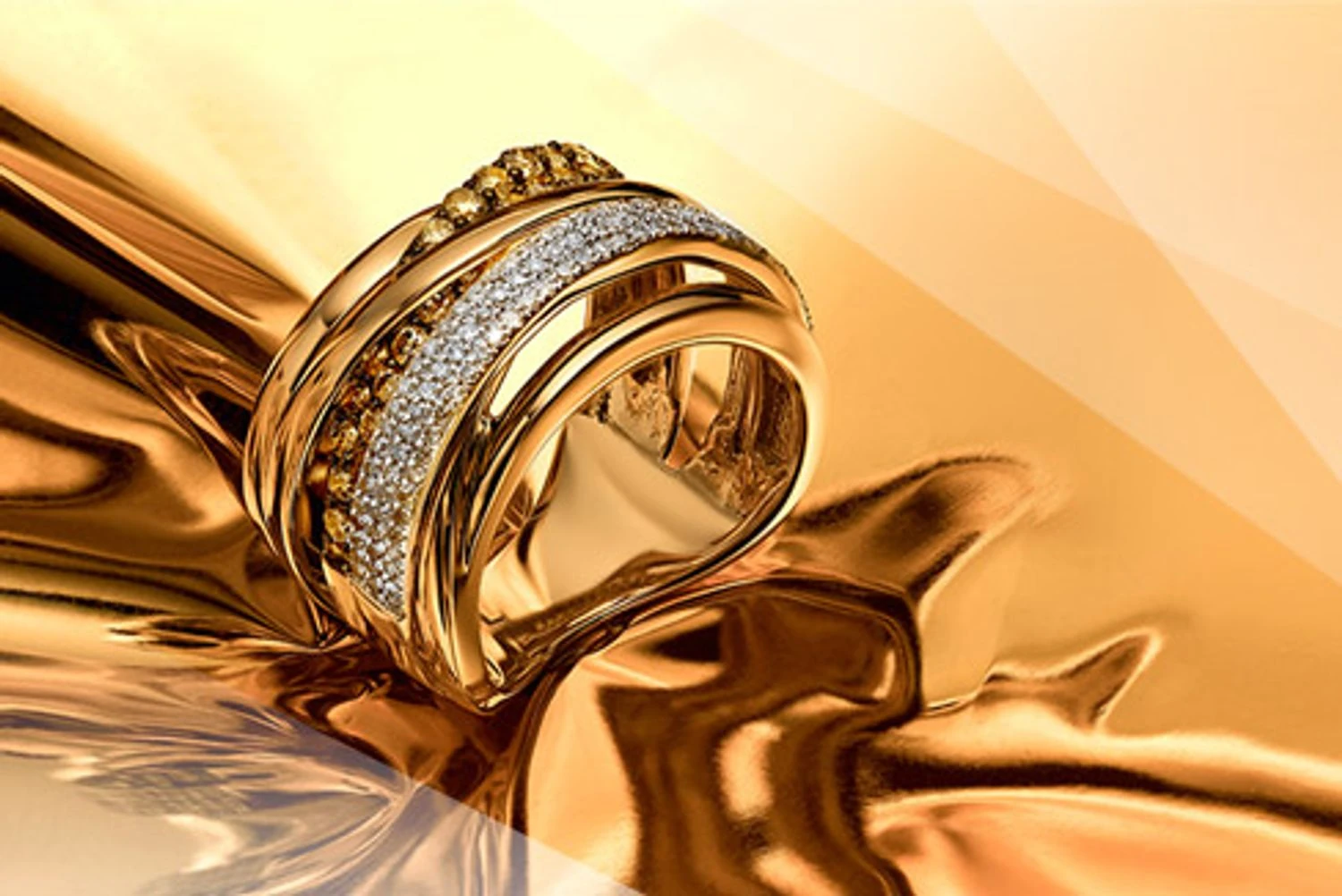“Bank of America forecasts gold price to rise to $5,000 per ounce by 2026Bank of America raised its gold price forecast to $5,000 per ounce for 2026, citing increased investment demand and geopolitical
risks. This comes amid a record rise in gold prices, which have already exceeded $4,000 per ounce.
”, — write: unn.ua
DetailsBank of America Global Research on Monday revised its precious metals forecasts, raising the expected gold price in 2026 to $5,000 per ounce, while the average forecast is currently around $4,400.
The market is already showing historical growth: on October 8, the price of gold exceeded $4,000 per ounce for the first time, and on October 12, the metal rose to $4,079.62.
Gold prices hit a record $4,100 an ounce on October 1313.10.25, 16:30 • 2288 views
Analysts attribute the record figures to increased demand for safe-haven assets amid renewed tariff threats from former US President Donald Trump and expectations of lower US interest rates.
The bank warns of a possible short-term correction, but believes that the overall upward trend will continue until 2026.
If investment demand increases by 14%, similar to this year, the price of gold could reach $5,000 per ounce
RecallAccording to fintech expert and co-founder of Concord Fintech Solutions Olena Sosedka, the upward trend in gold prices is reinforced by the unstable geopolitical situation in the world.
Wars, trade conflicts, unpredictable decisions of world leaders – all this creates an atmosphere of constant instability, in which gold becomes a universal insurance. So the jump in the value of gold is not just a financial event, it is a marker of investors’ trust in the modern economy. And for the fintech market, this is a clear signal: technologies can make finance more convenient, but the basis of trust is always built on simple and understandable values
She also noted that the rise in gold prices is just the tip of the iceberg. In essence, it is a signal that investors are preparing for a weakening dollar. A weaker currency makes gold more attractive to international buyers, creating an additional incentive for its appreciation.
The key structural demand for the precious metal is provided by central banks, primarily China and Russia. They are actively buying ingots, openly demonstrating a strategy to reduce dependence on the dollar and a desire to diversify currency reserves.
